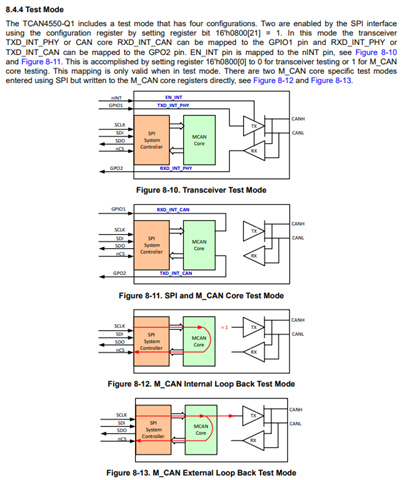Tool/software:
Hi Team,
I have a question regarding the rise and fall time specifications in the datasheet.
I'm operating at a frequency of 2 MHz and observing a fall time of approximately 60 ns, which corresponds to 12% of the bit width. According to our requirements, the fall time should not exceed 10% of the bit width to ensure signal integrity.
However, the datasheet specifies a maximum fall time of 75 ns, even though the maximum supported frequency is listed as 8 MHz. This seems to imply a fall time that would exceed 10% of the bit width at higher frequencies.
Could you please clarify how this aligns with your design requirements or provide guidance on how to interpret these values?
Thank you in advance for your support.
Best regards,
Stav Lahat


